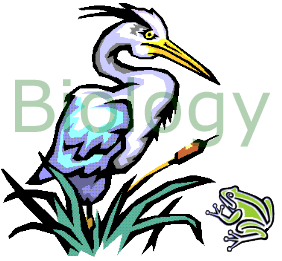- DDT is an powerful insecticide and in small doses does not affect animals or plants:
- During the 1950s and on this insecticide was sprayed on crops to reduce insect damage.
- DDT is harmless to animals in the concentrations that were sprayed.
- DDT breaks down very slowly in the soil.
- Once DDT enters an animal’s body it cannot be excreted.
- Whenever a small mammal eats plants covered in DDT is gets a small dose that remains in its body.
- Over many meals the levels begin to build up and up.
- A predator has only to eat a few such small mammals to get a lethal dose of DDT.
- Many birds of prey died during the 50s and 60s of DDT poisoning.
- Even today DDT is still detectable in the environment.
DDT was banned in the UK and the USA in the 70s see:
In some parts of the world it is still used, there are moves for a global ban by 2007. |
 |
Agriculture and forestry carry out many practices to control the ecosystem to produce more crops, beasts and trees.
All these have potential effects for good and bad on the ecosystem:
- Agriculture:
- Ploughing.
- Fencing and hedging.
- Draining.
- Fertilising.
- Use of pesticides.
- Forestry:
- Draining.
- Laying of new roads.
- Deer fencing.
* Some recent research suggests that this is not entirely true, but for the purposes of standard grade it is accepted wisdom.

